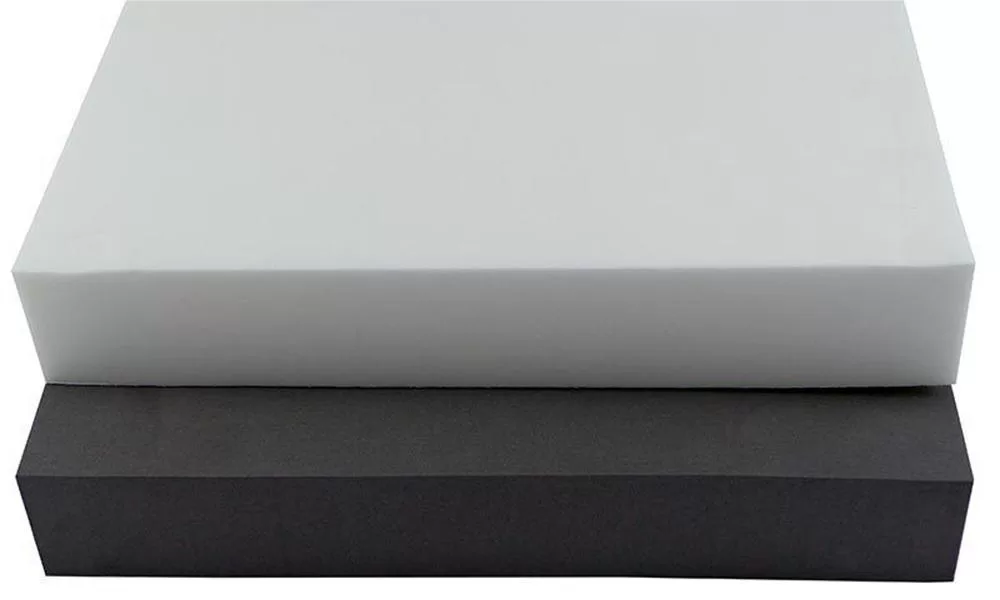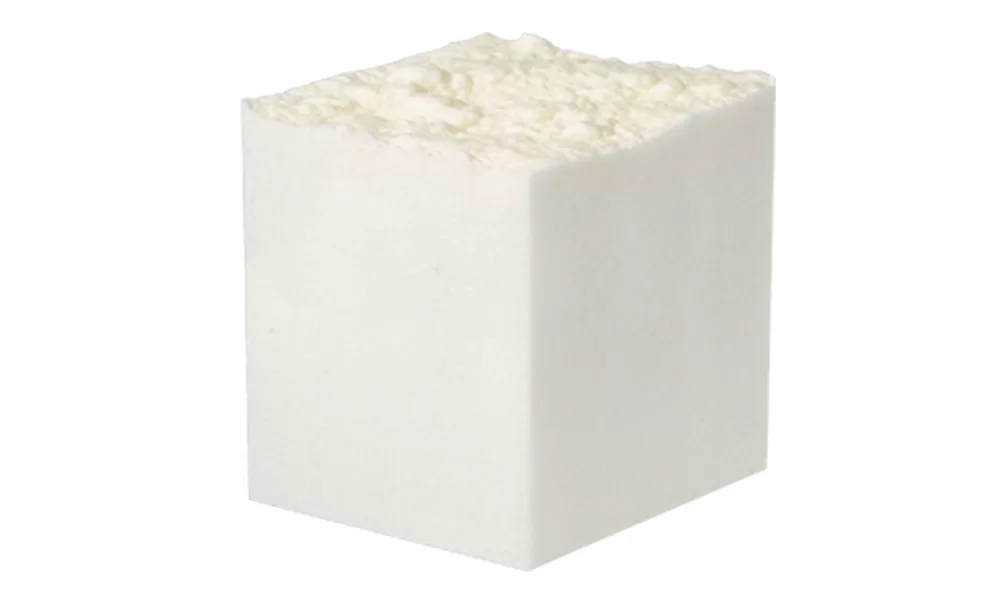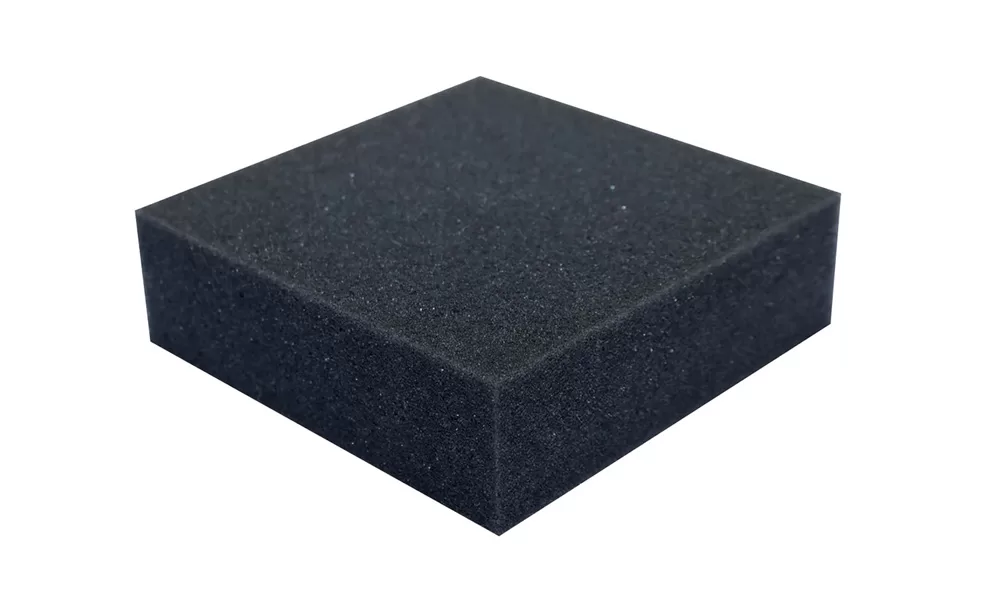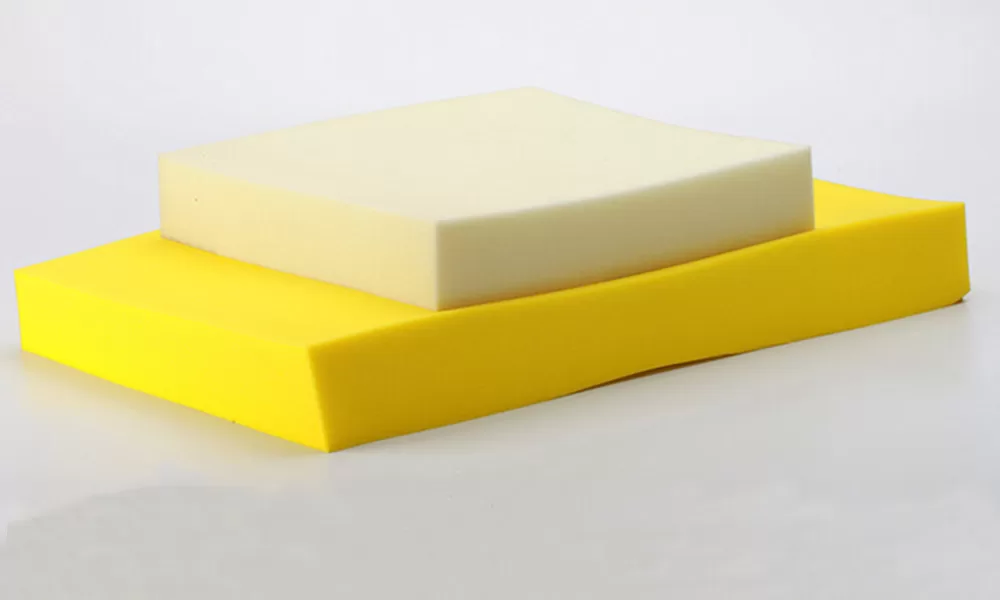Polyurethane foam, a versatile material, comes in two primary forms: open-cell and closed-cell. Each has its unique characteristics and applications. This article delves into the differences, advantages, and ideal uses for both types.

Basic Definitions: Understanding the Two Foams
Open-cell and closed-cell polyurethane foams, though both derivatives of the same parent material, have distinct structural differences. Open-cell foam, often likened to a sponge, has a network of tiny interconnected air pockets. These pockets give it a softer, more flexible texture. On the other hand, closed-cell foam resembles a sealed bubble wrap, where each bubble (or cell) is isolated from the other. This structure imparts a denser, more rigid feel to the foam. Understanding these basic differences is crucial as they dictate the foam’s properties and, consequently, their applications.
Physical Properties: A Contrast
The physical disparities between the two foams are stark. Open-cell foam is lightweight, making it ideal for applications where weight is a concern. Its porous nature also allows for better airflow, ensuring breathability. Conversely, closed-cell foam is compact and heavy. Its tight cellular structure provides an inherent resistance to water and air infiltration, making it a robust barrier against external elements.
Insulation and R-Value
In the realm of insulation, the R-value is a term that measures thermal resistance. Closed-cell foam, with its dense structure, offers a higher R-value, translating to superior insulation capabilities. It effectively resists heat transfer, making it a top choice for insulating homes and commercial spaces. Open-cell foam, while having a lower R-value, compensates with its ability to allow moisture vapor to move through the material, preventing condensation and related issues.
Moisture Resistance and Durability
When it comes to moisture resistance, closed-cell foam stands out. Its impermeable nature ensures that water and moisture don’t seep through, reducing potential mold and mildew risks. Open-cell foam, being more porous, might absorb moisture but dries out faster due to its breathability, making it less prone to long-term moisture damage.

Flexibility and Comfort
Open-cell foam’s inherent softness and flexibility make it a favorite for comfort-driven applications. Think of plush mattresses, cozy pillows, or even car seats. Its ability to conform to pressure ensures even weight distribution. Closed-cell foam, with its rigidity, finds its niche in applications demanding sturdiness, like in certain industrial uses or as protective padding.
Cost Implications
Budget considerations often drive decisions. Open-cell foam, with its lesser material density, generally comes at a lower cost. However, it’s essential to look beyond just the price tag. Closed-cell foam, though pricier, offers enhanced properties like better insulation and durability, which might translate to cost savings in the long run, especially in applications like home insulation.
Ideal Applications for Each Foam Type
The diverse properties of these foams dictate their applications. Open-cell foam, with its softness, is perfect for bedding, upholstery, and soundproofing. Its breathability ensures a comfortable user experience. Closed-cell foam, with its water-resistant and rigid nature, is the go-to for construction insulation, marine flotation devices, and even certain athletic equipment.
التأثير البيئي والاستدامة
Environmental considerations are paramount in today’s world. Closed-cell foam, with its superior insulation properties, can lead to significant energy savings, reducing the carbon footprint. Open-cell foam, on the other hand, contributes to healthier indoor environments due to its breathability, ensuring a reduction in trapped pollutants and allergens.

خاتمة
The world of polyurethane foam is vast, with each type offering its unique set of advantages. By understanding the distinct characteristics of both open-cell and closed-cell foams, one can make an informed decision tailored to the specific requirements of their project. Whether you’re looking for cushioning in furniture or robust insulation in construction, there’s a polyurethane foam solution that’s just right for you.

